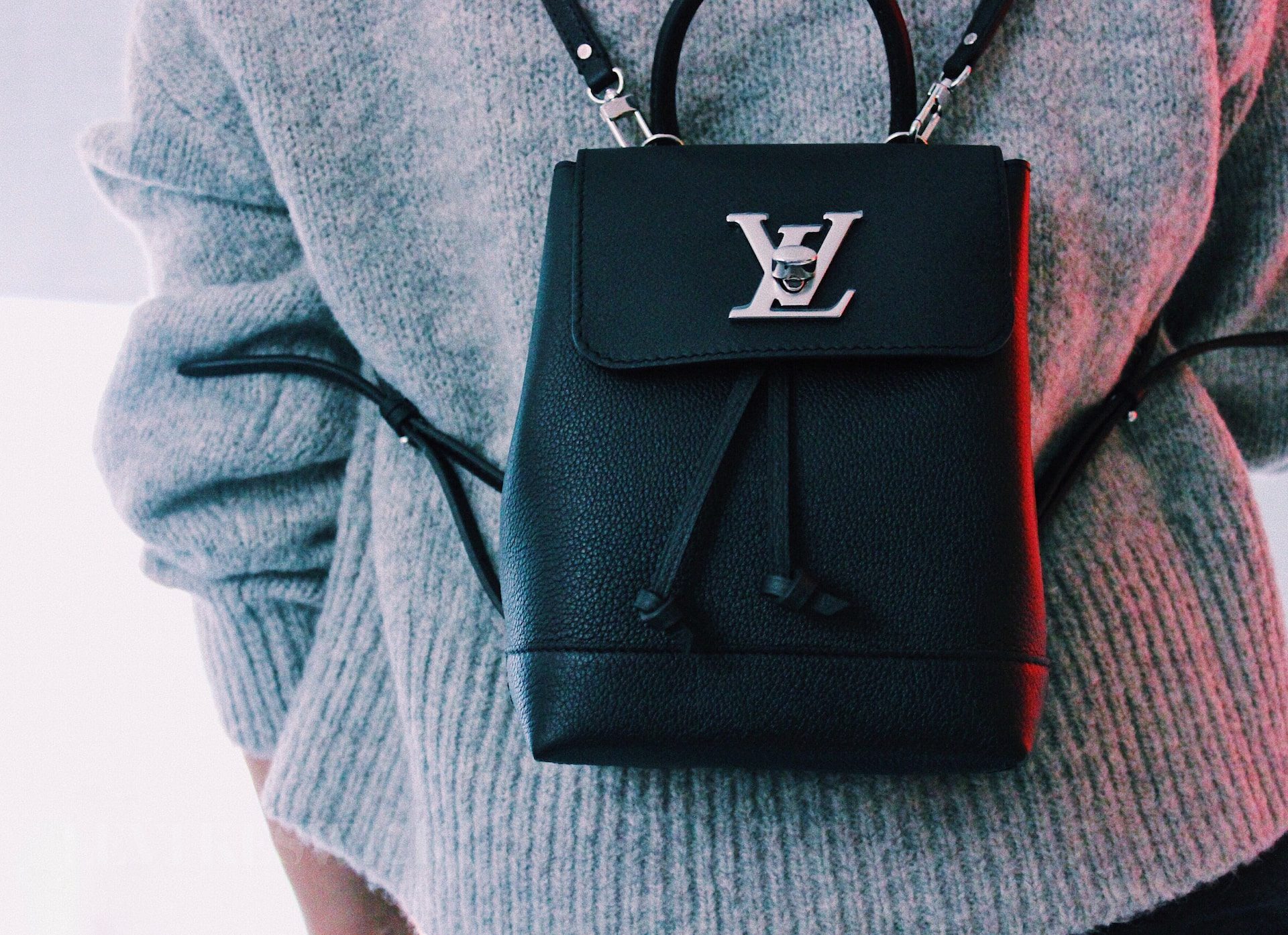Key Takeaways:
- The history and evolution of YSL and Louis Vuitton shape their unique brand identity.
- Both brands exhibit distinct design philosophies and aesthetics.
- Saint Laurent and Louis Vuitton target different demographics, which influences their design choices.
- High-quality materials and attention to detail are crucial to the brands’ production processes.
- A comparison of the price-value relationship for each brand reveals distinct brand equities and perceptions of luxury.
Luxury Defined: Saint Laurent vs Louis Vuitton
When it comes to luxury fashion, two brands stand out: Louis Vuitton and Yves Saint Laurent (YSL). These iconic names epitomize high-end fashion, boasting rich histories and a large, dedicated fan base. Yet, when it comes to Louis Vuitton vs YSL, the question arises: which one is superior?
Historical Tapestry: The Foundations of YSL and Louis Vuitton
Yves Saint Laurent and Louis Vuitton are renowned luxury fashion houses, each forged through unique historical narratives.
Saint Laurent, originally known as Yves Saint Laurent, emerged in 1961, under the guidance of Yves Saint Laurent and Pierre Bergé. The brand swiftly developed a reputation for pushing the fashion envelope and challenging traditional norms. Through innovative designs such as the tuxedo suit for women, Saint Laurent made significant strides in the fashion world. Today, the brand sustains its relevance and impact under Creative Director Anthony Vaccarello.
On the other hand, Louis Vuitton’s journey dates back to 1854. It initially specialized in crafting high-quality travel trunks and luggage, gaining fame for its novel designs and commitment to excellent craftsmanship. Today, it has diversified its offerings to include handbags, clothing, and accessories, led by Creative Director Nicolas Ghesquière.
Distinctive Design Philosophies: The DNA of Louis Vuitton and Saint Laurent
The design philosophies of Saint Laurent and Louis Vuitton reflect their identities and core values. Saint Laurent embraces a rock-and-roll-inspired aesthetic that blends high-end glamour with a streetwear edge. Louis Vuitton, conversely, is synonymous with luxurious and timeless designs, characterized by its iconic monogram and Damier canvas.
The Aesthetic Battle: Signature Elements and Brand Appeal
The aesthetics of Saint Laurent and Louis Vuitton are instantly recognizable and form the bedrock of their global appeal. Saint Laurent’s aesthetic is characterized by its use of black, leather, and bold prints, while Louis Vuitton is recognized for its monogram and Damier canvas, both of which have become synonymous with the brand.
Design Choices and the Target Audience: An Insight
Saint Laurent and Louis Vuitton target different demographics, which is reflected in their design choices. Saint Laurent’s designs cater to a younger audience, valuing edginess and trendy styles. Conversely, Louis Vuitton targets a more mature and sophisticated demographic, placing value on classic designs, luxury, and craftsmanship.
Quality and Craftsmanship: Materials and Production Process
Both brands prioritize high-quality materials and strict quality control measures. Saint Laurent, known for its use of fine leather and high-quality fabrics, collaborates with local artisans and manufacturers primarily in Italy and France. Similarly, Louis Vuitton’s products are crafted in their own facilities in France and Europe, undergoing rigorous quality control processes.
Price, Value, and Perception of Luxury: Louis Vuitton vs YSL
Considering price and value is crucial when comparing these luxury brands. Both Saint Laurent and Louis Vuitton carry premium price tags, yet offer products that reflect high-quality materials and longevity. Beyond the material value, the brands’ reputation, exclusivity, and perceived worth play a significant role in their overall price-value relationship.
In conclusion, the question of superiority between Saint Laurent and Louis Vuitton is largely a matter of personal preference. Both brands have carved a distinctive niche in the luxury fashion world, each appealing to different demographics and aesthetics. Their shared commitment to quality, craftsmanship, and iconic designs, however, unequivocally places them at the pinnacle of luxury fashion.








